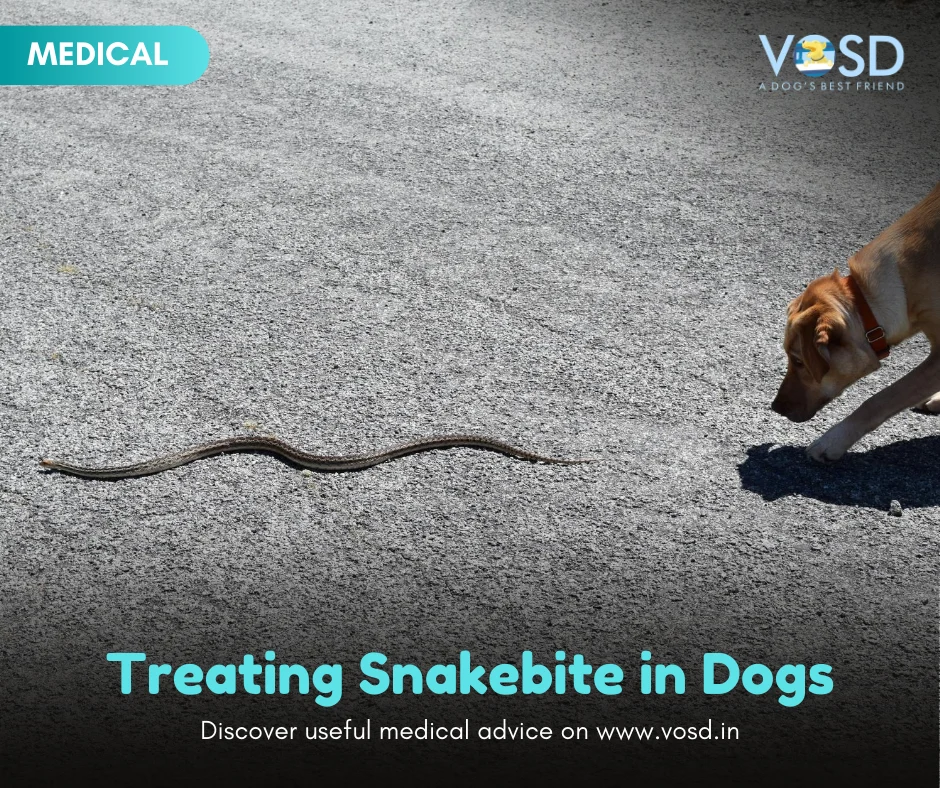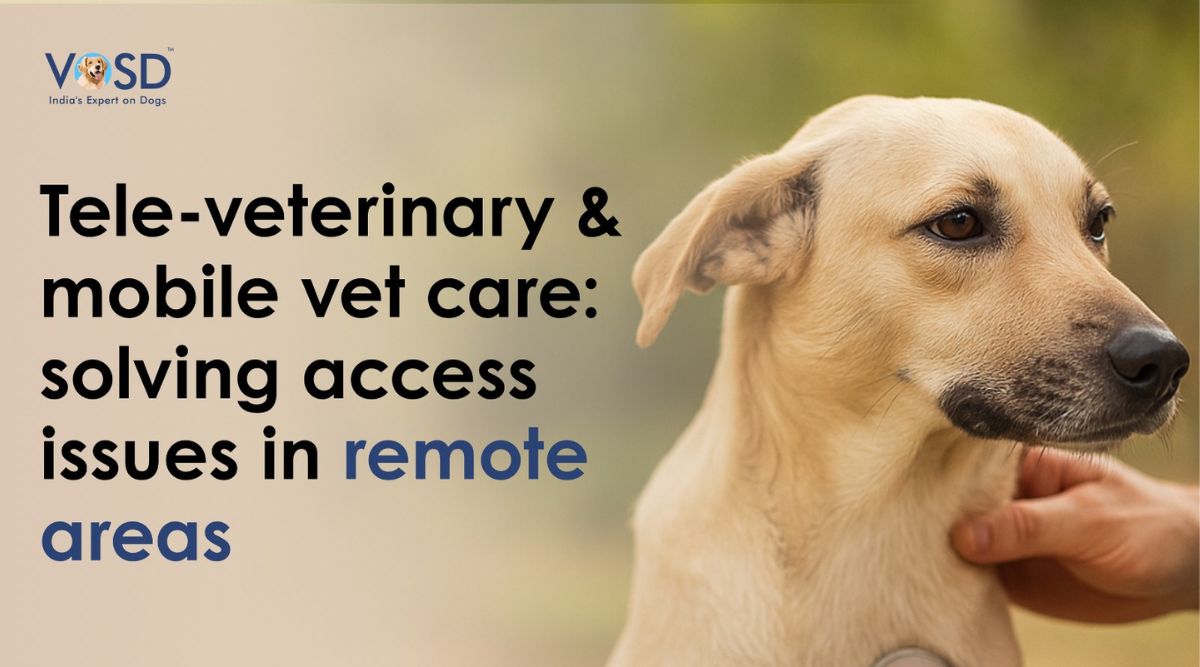What is mycoplasmosis?
Mycoplasmosis is a disease caused by any one of the three parasitic microorganisms. These are mycoplasma, ureaplasma, and acoleplasma and they are anaerobic infectious agents. They are called anaerobic because they do not need oxygen to live and thrive. They are the smallest of organisms and can reproduce independently. Moreover, they are all around us in the environment and can spread diseases not only in dogs or cats and other animals, but also in human beings and plant life.
Without a real cell wall, mycoplasma is capable of forming into any shape and can spread anywhere in the body. Mycoplasma can enter the respiratory organs and lead to pneumonia. It can also enter the urinary tract and cause a number of diseases. Therefore, wherever it goes, infections are highly likely.
Symptoms of mycoplasmosis
The symptoms of mycoplasmosis vary depending on which of the 3 organisms that is responsible and the location of the infection. Healthy dogs are able to ward off any infection naturally. While the bacteria may remain in the body, it causes no infection. However, mycoplasma can cause mild to severe symptoms.
Polyarthritis – Infection due to the spread of acoleplasma shows up as an inflammation of joints, such as shoulders, knees, hips, and ankles. Difficulty in moving and lameness are sure signs of polyarthritis.
Conjunctivitis and other eye disorders: Some of the symptoms displayed by dogs are squinting and spasmodic blinking; red eyes, discharge from the eyes, inflammation of the moist tissue; fluid collection in the eyes.
Respiratory issues: Rhinitis – Usually, respiratory issues are mild and the dog is plagued by frequent sneezing.
Infection – Often, dogs develop infection in their urinary or genital tracts. This may lead to urethritis, prostatitis, cystitis, etc. resulting in frequent urination, pain while urinating, and in some cases, abdominal pain. In genital tract infections, there can be pain while defecating, difficulties in walking, and fatigue.
Infertility – The bacterial parasites’ proximity to the reproductive system causes infertility, stillbirths, early deaths etc.
Other symptoms include skin abscesses, anemia, weakness, lethargy, loss of appetite, blood in the urine etc.
What are the causes of mycoplasmosis in dogs?
Exposure: An exposure to the most commonplace bacteria such as M. canis, M. spumans, and M. maculosum. in the environment causes mycoplasmosis in dogs. This includes kennels, parks, or other shelters if your dog comes into contact with dogs that are already sick.
Blood transfusions: If your dog receives blood from infected dogs, the chances that your dog will contract mycoplasmosis is even greater.
Other contact: Mating or even fighting with an infected dog will expose your dog to the bacteria causing mycoplasmosis.
Compromised immune system: If your dog has a compromised immune system, usually caused by some other virus or infection, and has little or no ability to fight the infection, it becomes easier to attract the mycoplasma bacteria into the body. If there is already an immunodeficiency disorder or a tumour in your dog, the risk of contracting mycoplasmosis is higher.
Chronic disease: A long term or chronic disease in your dog would weaken the immune system thereby allowing easy access to the mycoplasma or ureaplasma or acoleplasma bacteria.
Medical treatments: If your dog is undergoing a few medical treatments such as chemotherapy, or has been prescribed immunosuppressant medication, it is highly likely that the fighting mechanism of the immune system is compromised enough to contract mycoplasma bacteria.
Diagnosis
A thorough physical examination along with a complete medical history of your dog would be a good start. Your dog’s vet would have to know of any symptoms that you have noticed to zero in on the cause. Others tests will include blood workup, chemical blood profile, fungal culture, x-rays, and urinalysis. If necessary, a study of the fluid secretion in the prostate will be done for identification of normal bacterial culture. With a symptom of polyarthritis, the synovial fluid will be analysed. This synovial fluid can be found in the cavities of some of the joints of the dog. An increased level of non-degenerative neutrophils is a clear indicator of mycoplasmosis.
Treatment
The treatment for mycoplasmosis does not usually require hospitalisation. Visiting the vet and following instructions while keeping your dog at home is enough. Antibiotics may be prescribed depending on how severe the infection is. Not all antibiotics are applicable as in the case of those that attack the cell wall. Mycoplasma, ureaplasma, acoleplasma are those that do not have a cell wall. Therefore, antibiotics will have to be specific for mycoplasmosis.
Any treatment for mycoplasmosis will have to be continued for an extended duration as per the vet’s instructions. This is usually for a minimum period of two weeks. Stopping the course in the middle is certainly not advisable because your dog may suffer a relapse and that makes it harder to treat. If your dog’s vet finds that antibiotics are not going to be enough, intravenous fluids and hospitalization may become necessary. Other immunosuppressant drugs may need to be paused for the duration of the treatment for mycoplasmosis.
Dogs with a healthy immune system that receive immediate and proper treatment with antibiotics show a great recovery and do not succumb to relapses.
What you can do as a pet parent?
Be careful! At the first hint of suspicion of mycoplasmosis, visit your dog’s vet and share the history along with the symptoms. Follow the vet’s instruction to the letter.
During the course of the treatment, take precautions because some of these mycoplasma infections can get passed on to the dog handlers.
Since there are no vaccines as yet for mycoplasmosis, not much can be done to prevent its entry into your dog. Sunlight has been found to be helpful in drying the bacteria. Chemical disinfection also has been found favourable. Other things you can do is avoid exposure to moisture for long periods of time and maintain a clean and hygienic environment.
Disclaimer:
The information contained in VOSD Vet Advice™ is not intended nor implied to be a substitute for professional medical action which is provided by your vet. You assume full responsibility for how you choose to use this information. For any emergency situation related to a dog’s health, please visit the nearest veterinary clinic.








